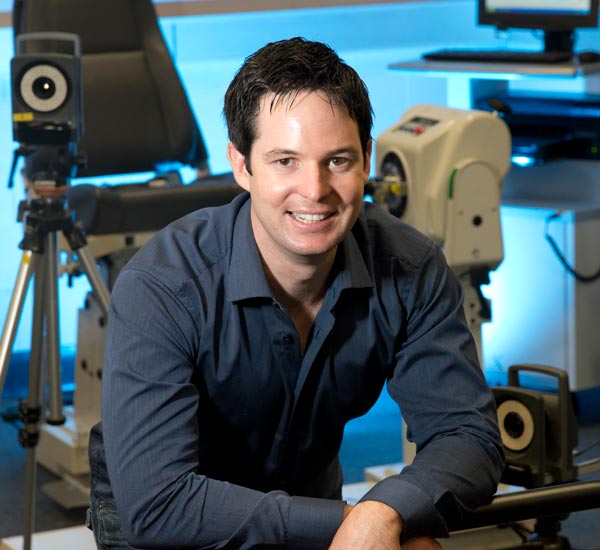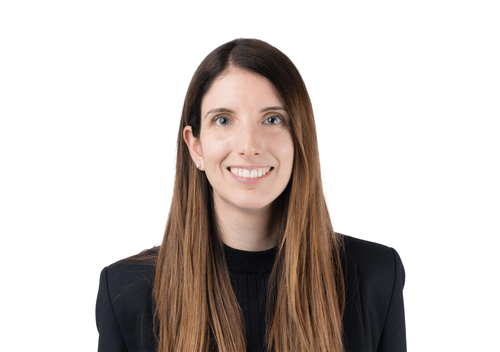Your digital twin made by Griffith University to improve your surgery outcomes
At Griffith University, leading institution in biomedical and rehabilitation research, Associate Professor Chris Carty and Doctor Martina Barzan, in collaboration with Doctor David Bade from the Queensland Children's Hospital are developing innovative, personalised surgical planning and surgical execution technology. The research has demonstrated the technology is safe and accurate, can improve patients’ walking function and reduce surgery time by up to 27%. This innovation supports surgeons to get the best result during surgery and help patients with a more accurate result and better outcome long term.
Reduced surgery time reduces the risk of complications such as infection and blood loss. Further, more precise surgery can help to prevent the need for the surgery to be performed again. These are the kind of solutions that the Griffith technology offers to address factors that improve surgery and patient outcomes.
This pre-market, world-leading surgery simulation technology tackles complex orthopaedic procedures, with paediatric surgeries the first group in which the researchers trialled the technology. The technology simulates surgeries prior to their conduct. A digital twin of the patient is used to produce personalised three dimensional printed surgical cutting guides at Griffith’s Advanced Design Prototyping Technologies Institute. The guide then streamlines the surgical procedures and significantly reduces surgery times.
The research team has taken the simulation technology into three Queensland Hospitals, Mater Children’s Private Brisbane, Queensland Children’s Hospital and Gold Coast University Hospital, to assist surgeries for children who need complex hip deformity corrections. This technology has now assisted 20 paediatric surgeries.
Large scale uptake of the technology could generate substantial savings to healthcare systems. The outcomes of the research and the evaluation of benefits show a 36-minute reduced time per surgery, and an estimated US$2,988 savings per case in operating room costs. The team and their partners continuously evaluate the benefits of the technology use in surgery, analysing data from surgeons and patients.
The number of patients with long bone deformities in Australia is around 5,000 per year, which represents a total addressable market of $40 million dollars in Australia alone and >$500 million dollars in the USA for prospective investors.
The benefits and potential of the technology have been recognised by Lumina X, a highly competitive Australian accelerator program that supports health tech startups. The program run by Cohort Innovation Space in the Gold Coast Health and Knowledge Precinct, will help the technology to be fast-tracked to market, and if widely implemented into standard surgical practice, this technology will shorten surgeries, reduce the likelihood of complications and re-surgery rates at scale. Such benefits may drive uptake of the technology and be used in other types of orthopaedic surgeries and different patient groups opening potential for benefitting people as well as commercial opportunities.
Griffith University is seeking commercial partners and investors to further develop the technology. Commercialisation is supported by the University’s commercialisation office, Griffith Enterprise, which includes patent filing and maintenance for the novel technology.

